Apr 2023
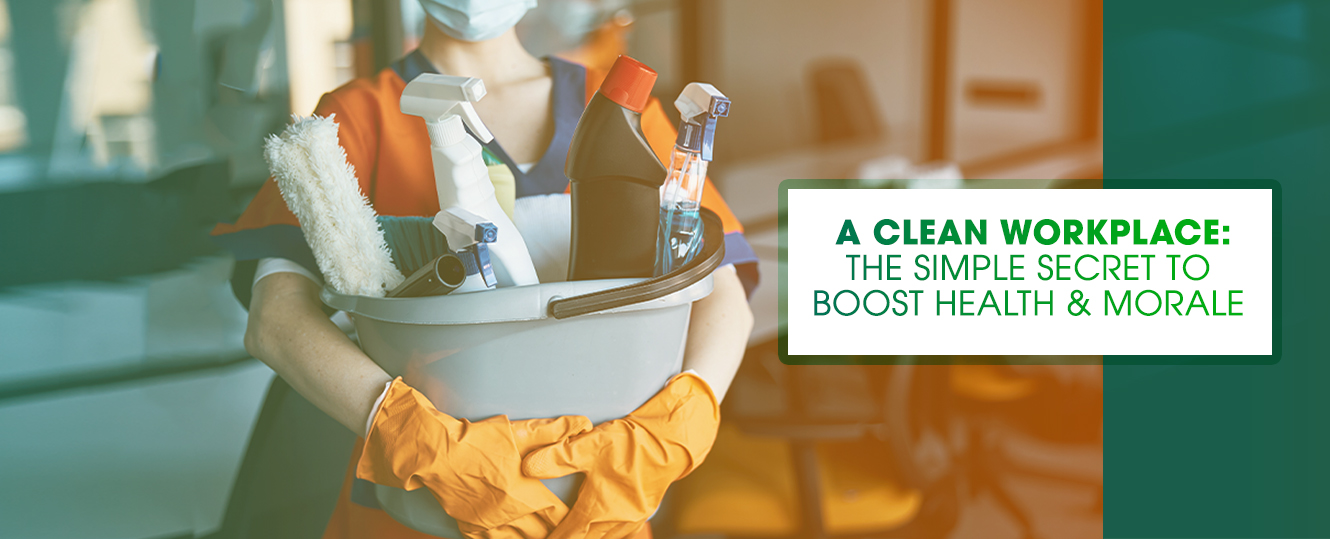
Today’s businesses will take any advantage they can get. In an effort to edge out the competition businesses will expand their catalogs of products and services, constantly juggle prices, connect with customers through social media – anything to set themselves apart.
But there’s one short path to success that often gets overlooked in today’s modern world of Zoom meetings and algorithms: cleanliness. Maintaining a clean and healthy workplace can have a huge positive impact on your bottom line.
Business Benefits of A Clean Workplace
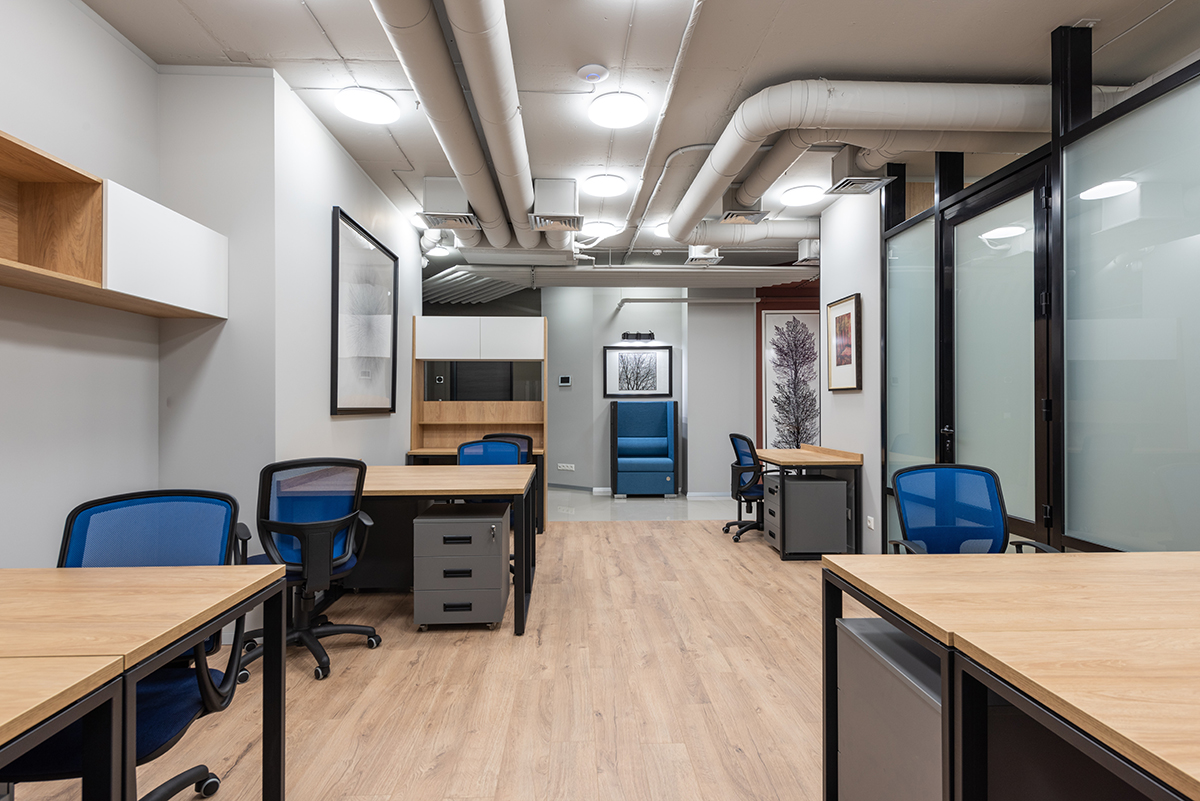
A clean workplace means a healthy workforce. Beyond simply reducing the spread of illness, investing in a clean space can immediately unlock these unexpected business benefits.
- Increased productivity
- Better customer satisfaction
- Reduced costs
- Enhanced brand reputation
What Businesses Can Do
With a few simple steps and office policies you can create and maintain a safe, germ-free, and visually inviting workplace without wasting money.
Provide Sick Leave

Ensure that employees have access to paid sick leave so they can stay home when they are ill and avoid infecting others.
Regularly Clean and Disinfect
Plenty of businesses take out the trash, vacuum the carpets, and call it “Clean”. That baseline level of cleanliness isn’t going to access the benefits you’re looking for. Ensure that surfaces, equipment, and common areas are regularly cleaned and disinfected using EPA-approved products.
Encourage Remote Work

Allow employees to work from home whenever possible to reduce the number of people in the workplace. We can hear you asking, “won’t that disrupt our workflow?” Not if you include these tips on maintaining a collaborative environment in a hybrid workplace.
Give Employees the Tools They Need
Make it easy for employees to keep clean by stocking the office with hand soap, sanitizer, disposable towels, and other personal hygiene products.
Promote Hygiene
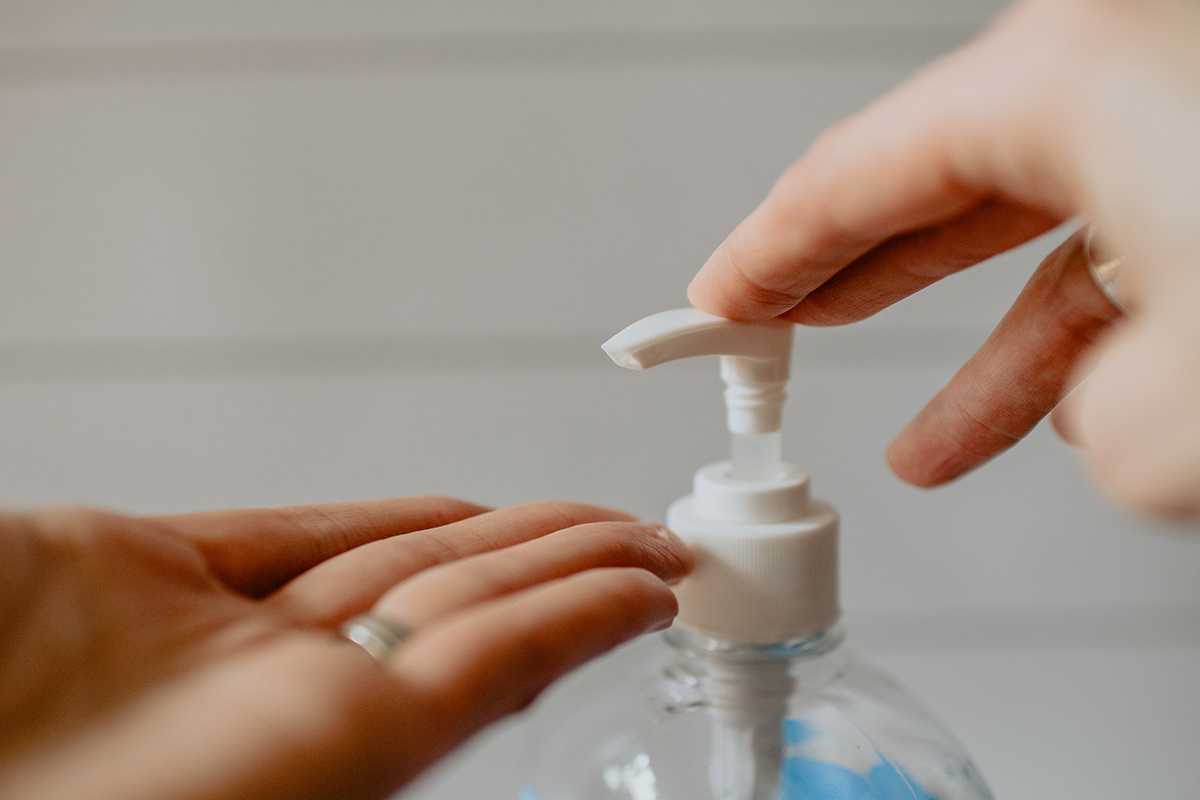
Your industry may have specific requirements regarding employee hygiene. If not, encourage frequent hand washing and provide hand sanitizer throughout the workplace.
Products
Pair your cleaning practices and policies with these products for a combination of cleanliness that can’t be beat.
Air Purifiers
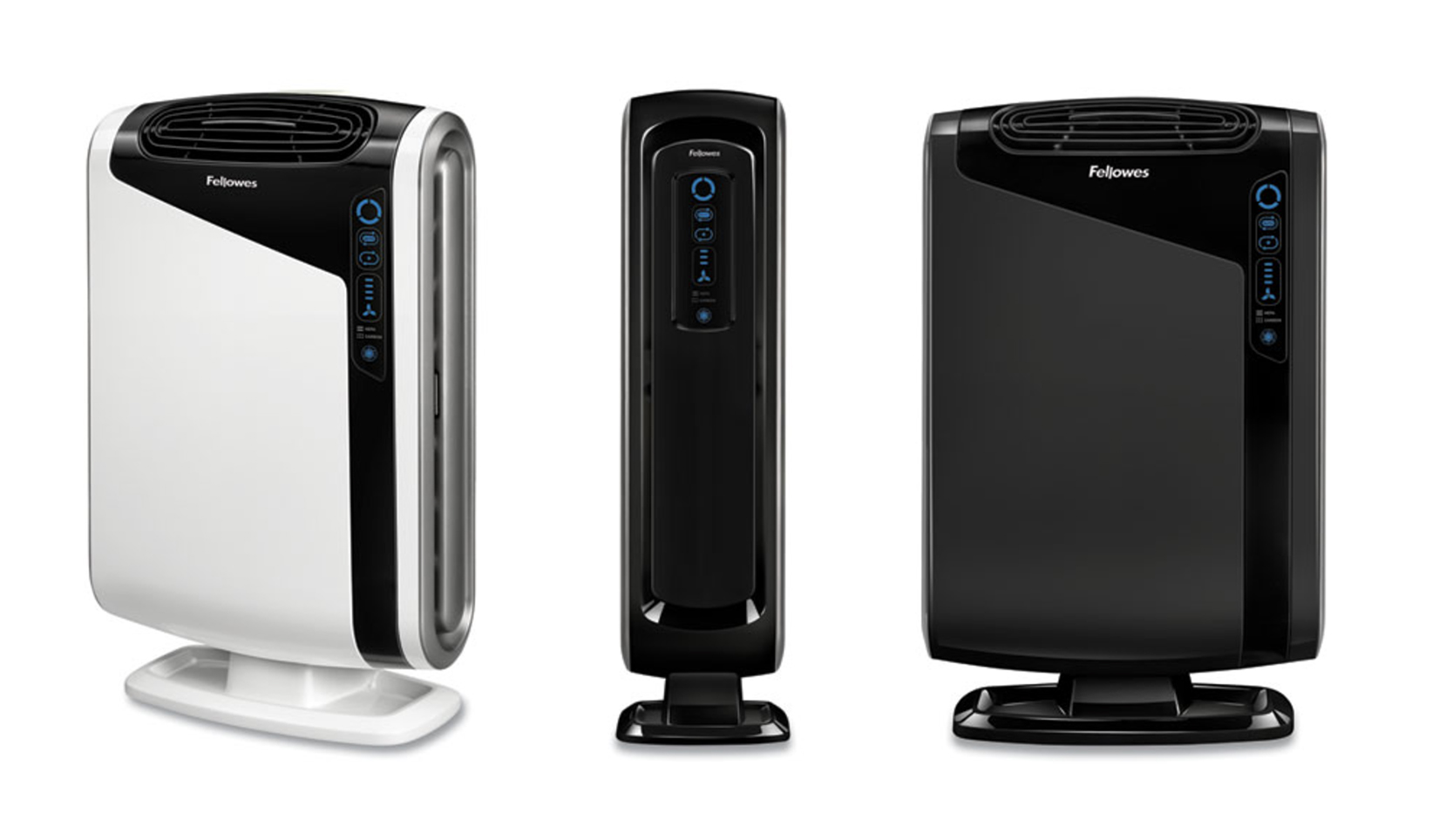
These devices help to remove airborne contaminants, including viruses and bacteria, from the air.
UV-C Lights
UV-C lights can be used to disinfect surfaces and equipment by killing viruses and bacteria.
Hand Sanitizer Dispensers
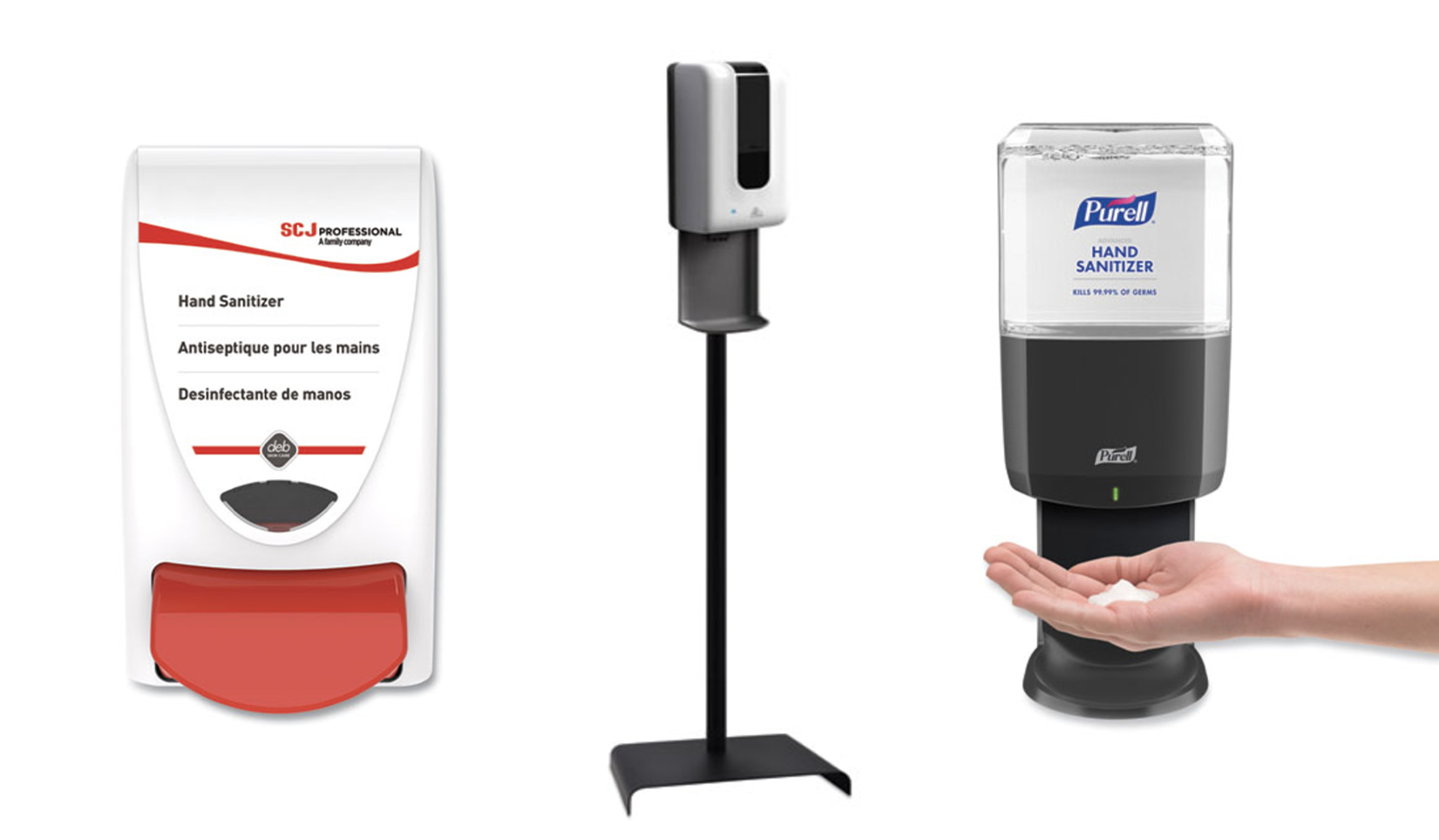
Providing hand sanitizer dispensers throughout the workplace encourages frequent hand hygiene, which can reduce the spread of germs.
HEPA Filters
High-efficiency particulate air (HEPA) filters can be used to remove airborne contaminants, including viruses and bacteria, from the air. Appropriate ventilation is a safety concern for every workplace.
Cleaning Products
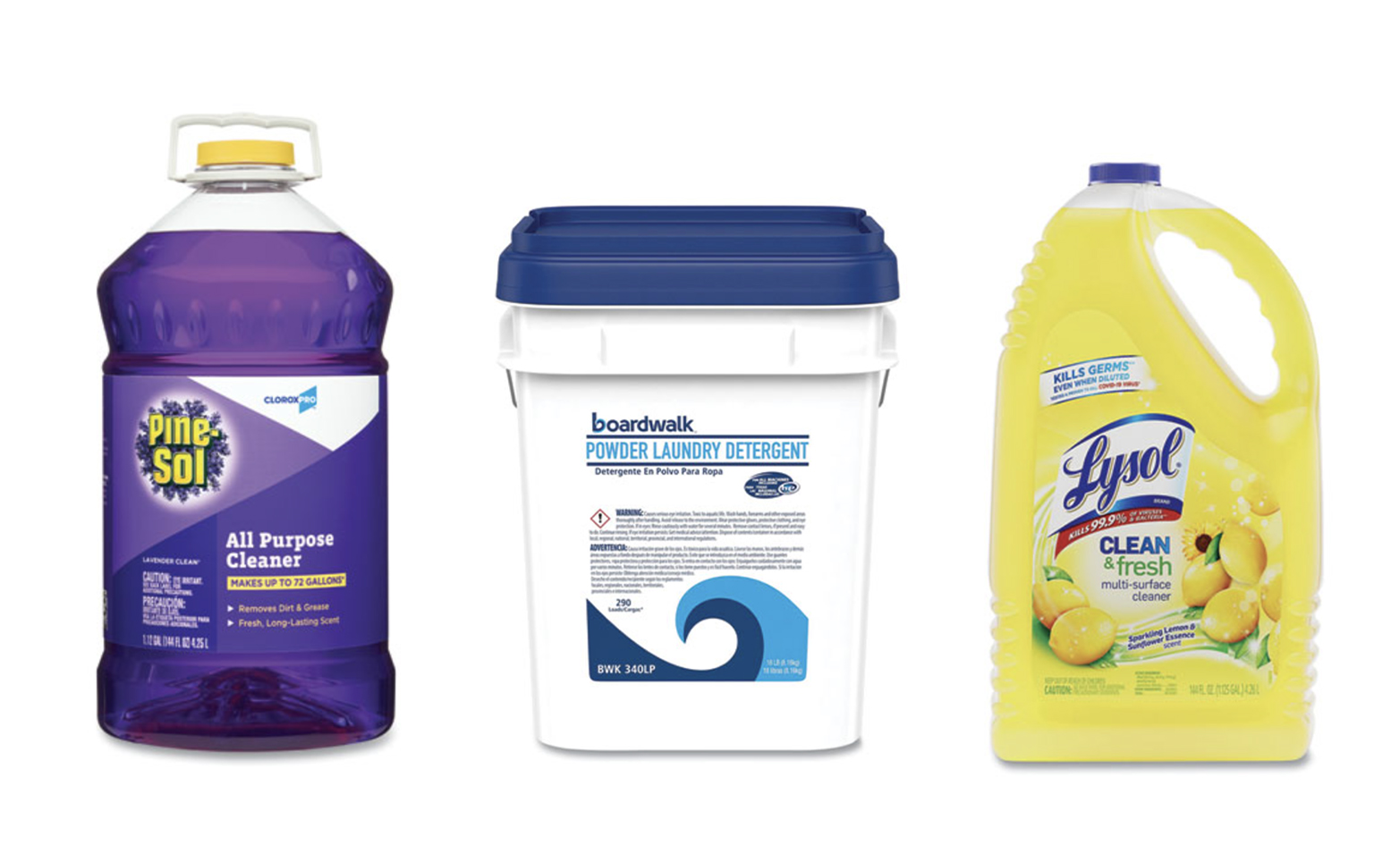
Not all cleaning products are created equal. Windex and paper towels aren’t always the answer. Using EPA-approved cleaning products can help to disinfect surfaces and reduce the spread of germs.
Humidifiers
Maintaining a proper level of humidity in the workplace can help to reduce the spread of viruses and bacteria.
Seated Privacy
Apart from other design trends, the growing popularity of seated privacy in the workplace, such as the use of cubicles or individual offices, may have an impact on reducing illness in the workplace by reducing the spread of airborne particles and droplets. A physical barrier between individuals helps to limit the exchange of respiratory droplets, which are a common mode of transmission for infectious diseases.
The application of barriers and dividers, combined with the strategies mentioned above, is an inexpensive and effective way to prevent illness and promote morale.
What Employees Can Do
Of course, when it comes to health, there’s no substitute for personal responsibility. Employees can prioritize their own health by:
- Practicing good hygiene: Wash hands frequently, cover coughs and sneezes, and avoid touching the face.
- Getting vaccinated: Get vaccinated against infectious diseases like the flu.
- Taking breaks: Take regular breaks to stretch and move around, especially if the job requires sitting for long periods.
- Eating well: Eat a healthy and balanced diet and stay hydrated.
- Getting enough sleep: Aim for 7-8 hours of sleep per night to maintain optimal health.
- Staying home when sick: If an employee is feeling unwell, it is important to stay home to prevent the spread of illness to others. And if you’re too sick to come into the office, you’re too sick to work from home. Rest means rest, not checking your email between sneezing fits.
